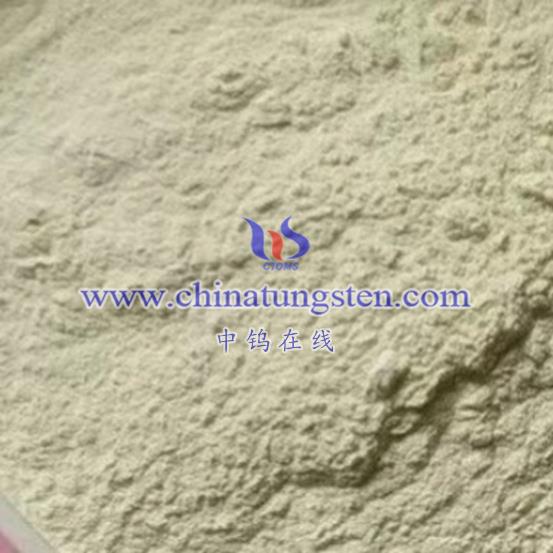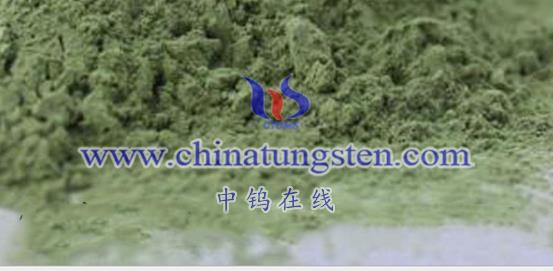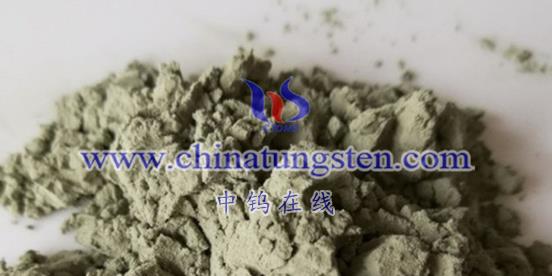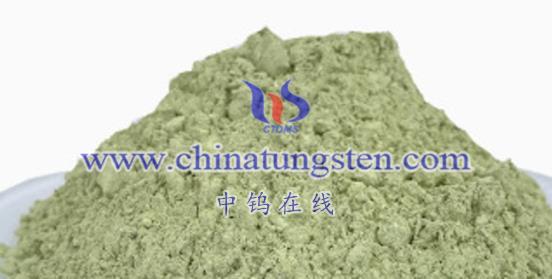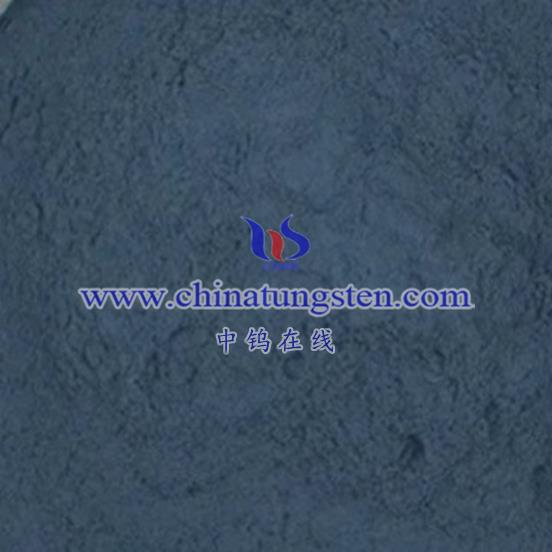
The photocatalytic degradation mechanism of organic compounds using tungsten oxide nanoparticles (WO3) involves several complex steps: light absorption, generation of electron-hole pairs, migration and separation of charge carriers, and surface redox reactions. Here’s a detailed explanation of the reaction mechanism:
- Light Absorption
First, tungsten oxide nanoparticles act as photocatalysts by absorbing light. Under light irradiation, WO3 absorbs photons from sunlight or UV light. The energy of these photons is sufficient to excite electrons from the valence band (VB) to the conduction band (CB), generating photogenerated electrons (e⁻) and holes (h⁺).
- Generation of Electron-Hole Pairs
The absorption of photons results in the generation of electron-hole pairs in WO3. These pairs are highly reactive and can participate in subsequent redox reactions. However, one challenge is that electrons and holes may recombine during migration, wasting the absorbed energy and reducing the overall photocatalytic efficiency. Therefore, efficient separation of electron-hole pairs is crucial for enhancing the photocatalytic activity.
- Migration and Separation of Charge Carriers
For efficient photocatalysis, it is important to promote the migration and separation of electrons and holes while suppressing their recombination. The nanostructure of WO3 helps shorten the migration distance of the charge carriers, reducing the likelihood of recombination. In addition, methods such as doping or creating heterojunctions with other materials can further enhance the separation and mobility of charge carriers, improving the overall photocatalytic performance.
- Surface Redox Reactions
Once the charge carriers reach the surface of the WO3 nanoparticles, they initiate oxidation and reduction reactions with adsorbed species. The steps are as follows:
- Reduction by Photogenerated Electrons
Photogenerated electrons (e⁻) exhibit strong reducing power. These electrons can reduce oxygen molecules (O₂) adsorbed on the surface of WO3 to form reactive oxygen species, such as superoxide radicals (·O₂⁻). These reactive oxygen species can then react with the organic pollutants, breaking them down into smaller molecules, such as CO₂ and H₂O. - Oxidation by Photogenerated Holes
At the same time, photogenerated holes (h⁺) possess strong oxidizing power. They can react with water molecules (H₂O) to generate hydroxyl radicals (·OH), which are highly reactive and can oxidize most organic compounds. Hydroxyl radicals attack the organic pollutants and degrade them into harmless substances like carbon dioxide and water.
- Mechanism Summary
In summary, the photocatalytic degradation mechanism of organic compounds using tungsten oxide nanoparticles can be described as follows:
- WO3 absorbs light and generates electron-hole pairs.
- The electrons and holes separate and migrate to the surface.
- Photogenerated electrons react with oxygen to produce reactive oxygen species.
- Photogenerated holes react with water to form hydroxyl radicals.
- The reactive oxygen species and hydroxyl radicals work together to oxidize and degrade the organic pollutants into CO₂ and H₂O.
- Factors Affecting Photocatalytic Efficiency
Several factors influence the efficiency of WO3 in photocatalytic degradation of organic compounds. These include:
- Light source and intensity: UV light or sunlight intensity can affect the rate of electron-hole generation.
- Catalyst morphology and size: The size and surface area of WO3 nanoparticles influence the number of active sites available for reactions.
- Preparation methods: The way WO3 is synthesized can affect its structure, which in turn influences its photocatalytic properties.
- Reaction conditions: Factors such as temperature, pH, and the concentration of pollutants also impact the reaction efficiency.
Optimization of these factors is essential for achieving the highest possible photocatalytic performance in practical applications.
More details of tungsten oxide product, please visit website: tungsten-oxide.com
Please contact CHINATUNGSTEN for inquiry and order of tungsten oxide:
Email: sales@chinatungsten.com
Tel.: 86 592 5129595
